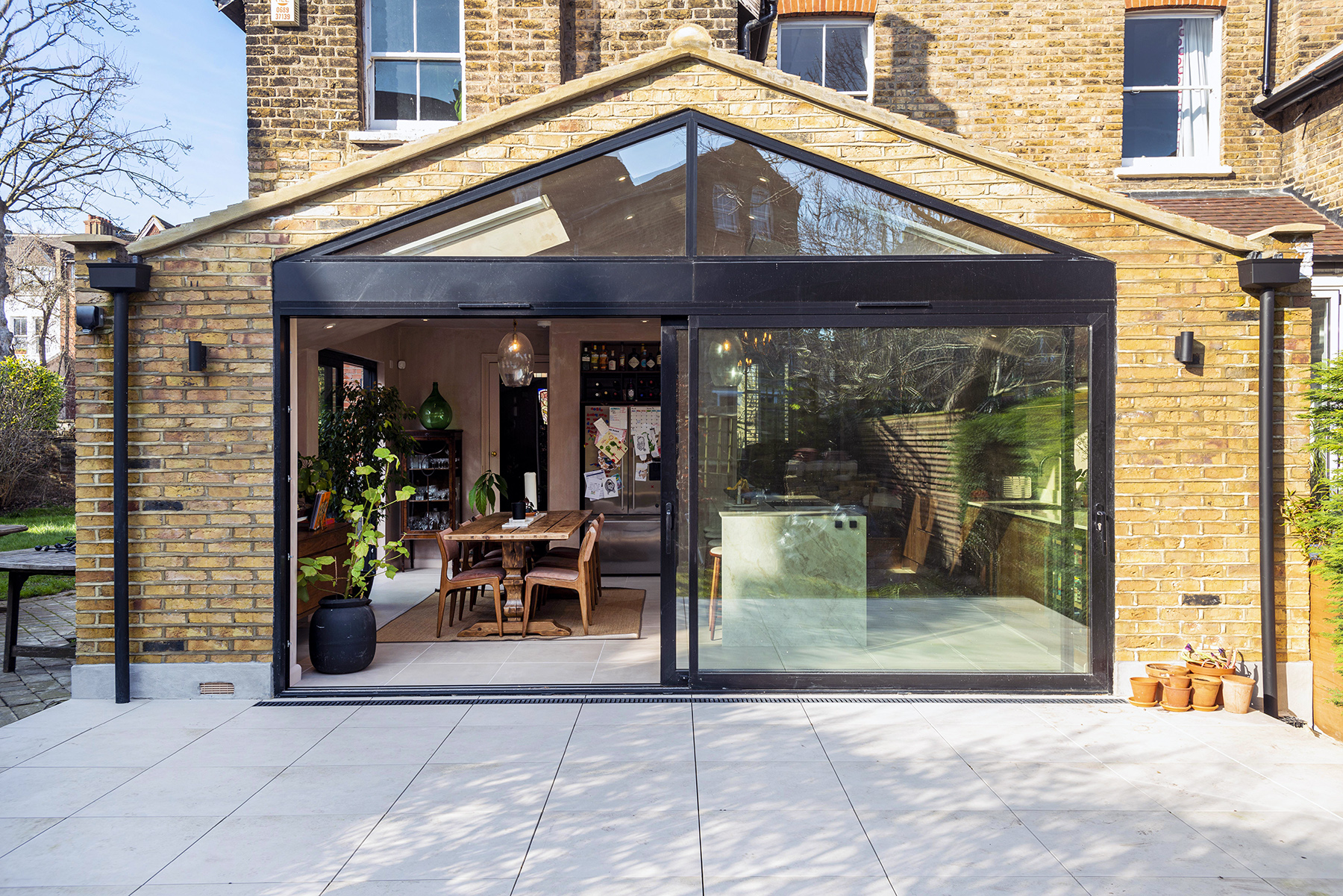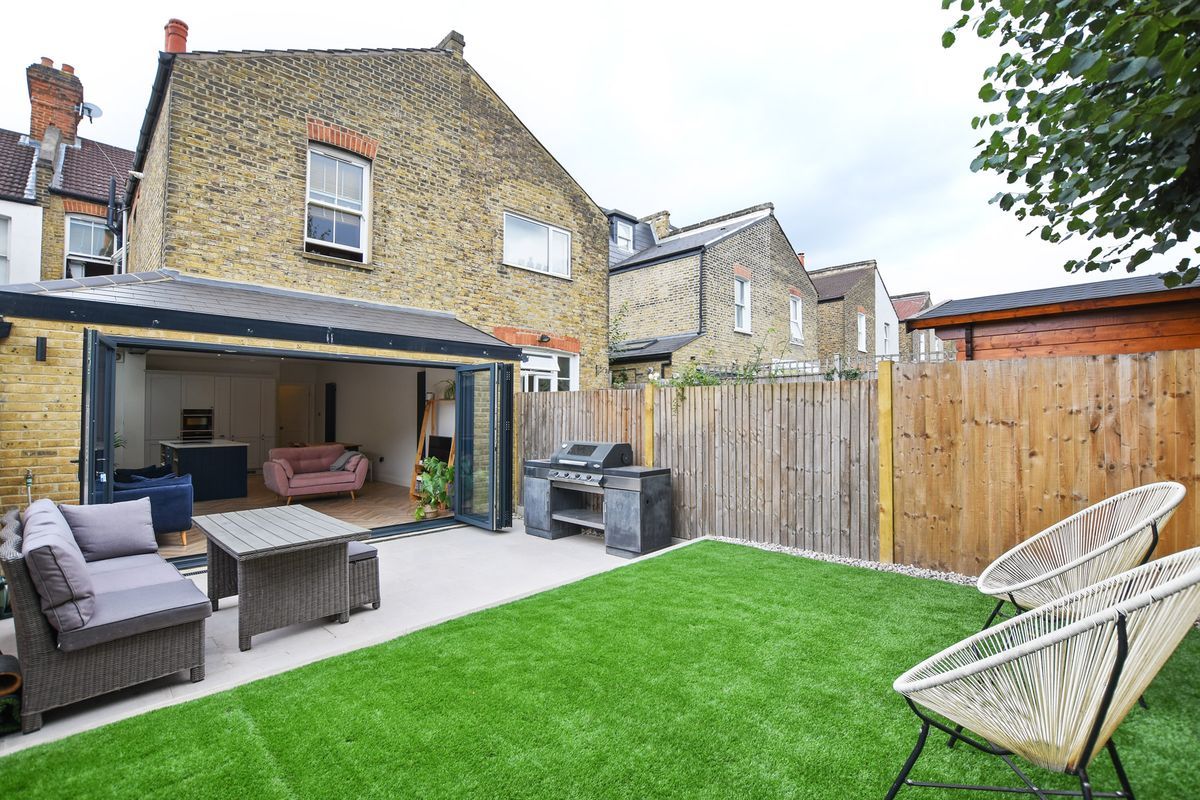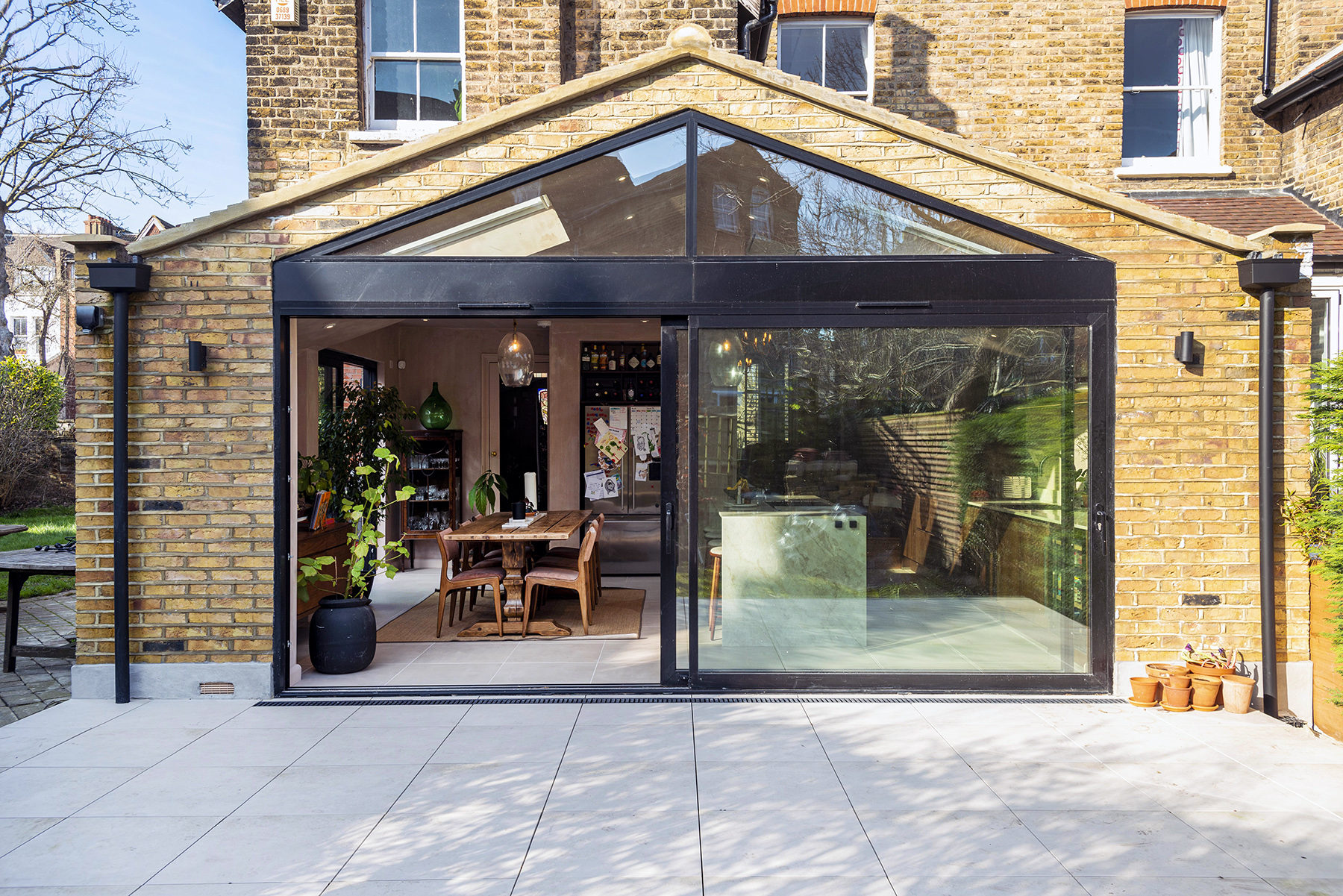Authentic Material Sourcing for Victorian Extensions
- 25-10-24
- 6 min read
- Blog
Extending your Victorian home is a rewarding project, but choosing the right materials is key – not just to preserve its charm, but sometimes for planning approval as well.
This guide will help you understand the process of finding authentic materials that seamlessly blend with your period property.
Whether you’re planning a kitchen extension, a new living space, or a loft conversion, we’ll cover all the essentials.
From bricks and timber to roofing and mortar, we’ll help you source materials that complement your home’s character while meeting modern building standards and any planning requirements.
Using authentic materials in your Victorian extension is about more than aesthetics. It's fundamental for preserving your home's character, value, and historical significance.
Modern materials can often look out of place in period properties and may even decrease their value.
Moreover, authentic materials sometimes perform better in older structures, allowing the building to "breathe" and reducing issues like dampness and condensation.
Choosing the right materials is essential when extending a Victorian home to maintain visual continuity and ensure your extension functions compatibly with the original structure.
Here are the four key materials you'll need to focus on: bricks, timber, roofing, and lime mortar.
Victorian bricks are distinct in their size, colour, and texture, typically softer and more porous than modern varieties. Keep the following in mind when sourcing:
Reclamation yards often have Victorian-era bricks that can perfectly match your project. Using reclaimed bricks in visible areas ensures authenticity, while modern bricks can be used in less noticeable sections.
If matching reclaimed bricks proves difficult, some manufacturers produce new bricks replicating Victorian styles. Exploring these options can give your extension the desired look.

Above: Stunning matching brickwork extension in SE26.
Victorian homes are known for using high-quality timber, particularly in windows, doors, and structural elements. When sourcing:
Hardwoods like oak or pine, common in Victorian construction, are ideal for maintaining authenticity.
Specialist timber merchants often stock period-appropriate wood that meets modern standards for durability and resistance to damp and insects.
The roof is a defining feature of any Victorian home. Most roofs from this period used slate or clay tiles. Here’s what to consider:
Welsh slate was widely used and remains an excellent choice for matching the traditional aesthetic. Specialist suppliers offer new slates designed to replicate historic ones.
For properties with clay tile roofs, consider sourcing handmade tiles that closely replicate the originals for a cohesive appearance.
Unlike modern cement-based mortars, Victorian buildings used lime mortar, which allows the structure to breathe. Key points to consider:
Lime mortar is flexible, reducing cracking and accommodating the natural movement of older buildings.
Traditional lime products are available from specialist suppliers, and due to the specific skills required, it’s often advisable to hire a professional experienced in working with lime mortar.
By sourcing these key materials carefully, you can ensure that your Victorian extension looks the part and retains the original structure's functional integrity.

Above: Matching rear extension in SE16.
Finding authentic materials requires some research and patience. Here are some strategies to help your search:
Salvage Yards: These can be excellent sources for authentic Victorian materials. Visit multiple yards and build relationships with dealers.
Online Marketplaces: Websites like Salvo or eBay often list reclaimed Victorian materials.
Specialist Suppliers: Many companies now specialise in providing authentic or reproduction Victorian materials.
Demolition Sites: With permission, you may salvage materials from Victorian buildings that have been demolished.
Networking: Join local history societies or restoration groups. Members often share information about material sources.
While using authentic materials is ideal, it's not always possible or practical. Sometimes, you may need to compromise:
Energy Efficiency: Consider using traditional materials for visible elements but incorporating modern insulation where it can't be seen.
Building Regulations: Ensure your choices meet current building standards. Some traditional materials may need additional treatments or modifications.
Budget Constraints: If authentic materials are beyond your budget, look for high-quality reproductions that capture the essence of Victorian style.
Availability: Some materials may be scarce. Be prepared to wait or consider alternatives if necessary.
Learn more about building regulations with our guide here.
Sourcing authentic materials for your Victorian extension requires effort, but the results are worth it. Choosing appropriate materials will create an extension that harmonises with your home's history while meeting modern living standards.
At Design Team, we specialise in creating beautiful extensions for Victorian homes. Our experts have extensive knowledge of authentic materials and trusted suppliers. We can help you:
Source high-quality, period-appropriate materials
Balance authenticity with modern building requirements
Design an extension that complements your Victorian home perfectly
Manage the entire project from concept to completion
Contact us at Design Team today to schedule a consultation. Let our experienced team guide you through the process, ensuring your Victorian extension is both beautiful and true to its historical roots.
Give our friendly team a call to start your journey towards a stunning, authentically crafted Victorian home extension.
Book a free Design Consultation with one of our team to discuss your project in more detail.
.jpg)
11-11-24 6

10-11-24 6

25-10-24 6